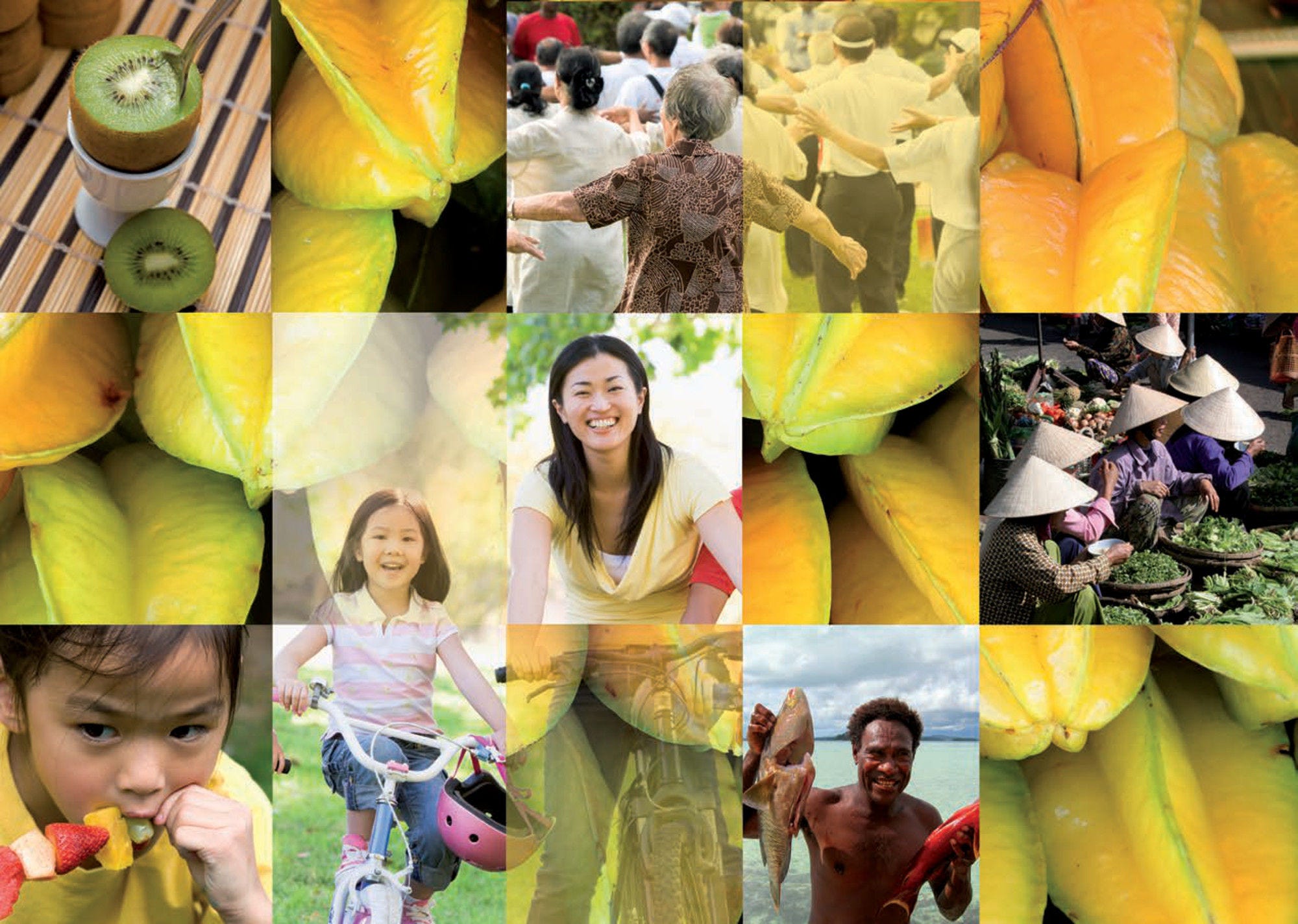Malaria is a tropical disease caused by a parasite transmitted by the bites of infected female Anopheles mosquitoes. After a period spent in the liver, malaria parasites multiply within red blood cells, causing symptoms such as fever, headache and vomiting. Malaria is preventable and curable, although no vaccine currently exists (a vaccine against falciparum is currently being trailed in Africa though). If left untreated, malaria can become life-threatening by disrupting the blood supply to vital organs.
As part of the SDG targets, the UN set a goal to end the epidemic of malaria by 2030. China, Malaysia, Nepal, and the Republic of Korea have set an even closer target date of 2020 for elimination. All countries in the South-East Asian region are on target to achieve a reduction in case incidence of around 40% by 2020 (WHO, 2019[33]).
About 2.31 billion people are at high risk in Asia-Pacific. Malaria-endemic countries in the region are Papua New Guinea, Solomon Islands, Pakistan, India, Nepal, the Philippines, Indonesia, Myanmar, the Lao PDR, Cambodia, Thailand, DPR Korea, China, Viet Nam, Bangladesh, the Republic of Korea and Malaysia. Malaria transmission is intense in some areas of Papua New Guinea and the Solomon Islands; it is also intense in focal areas in the Greater Mekong Sub-region, including forested areas of Cambodia, Lao PDR, and Viet Nam, where malaria disproportionately affects ethnic minorities and migrant workers. Malaria is also restricted in its distribution in Malaysia and the Philippines. Mobile and indigenous populations as well as infants, young children and pregnant women are especially vulnerable.
In 2018, there were 7.9 million suspected cases and 0.7 million presumed or confirmed cases in the South-East Asia region. These presumed and confirmed cases were concentrated in Papua New Guinea, Pakistan, and India (Figure 3.31, left panel). Death were estimated to be 11 600 in 2018, with the highest mortality rates in Papua New Guinea and the Solomon Islands (Figure 3.31, right panel) (WHO, 2019[33]).
For a balanced understanding, changes in the number of malaria cases should be viewed in parallel with changes in malaria incidence. The number of cases per 1 000 population at risk showed a decline in all reporting Asia-Pacific countries and territories from 2010 to 2018, except for Papua New Guinea (Figure 3.32). After nearly four years of maintaining zero indigenous cases, and after intensive external evaluations including field assessments, Sri Lanka was certified by WHO as malaria-free in September 2016. The key interventions quoted for the successful reduction of malaria burden in Myanmar were placement of village health volunteers strategically at rural, remote, hard to reach and conflict areas, good coverage of insecticide-treated bed nets among at-risk population and improved access to artemisinin-based combination treatment (Mu et al., 2016[34]; Linn et al., 2018[35]).
The number of malaria cases not treated increased to one in four or more in Lao PDR and the Philippines, whereas it decreased significantly to less than one in ten in Nepal and Bangladesh from 2010 to 2018 (Figure 3.33). During the same period, the number of malaria cases not treated doubled to one in five in Myanmar, while it halved to one in 20 in Cambodia and decreased to almost zero in Viet Nam.



